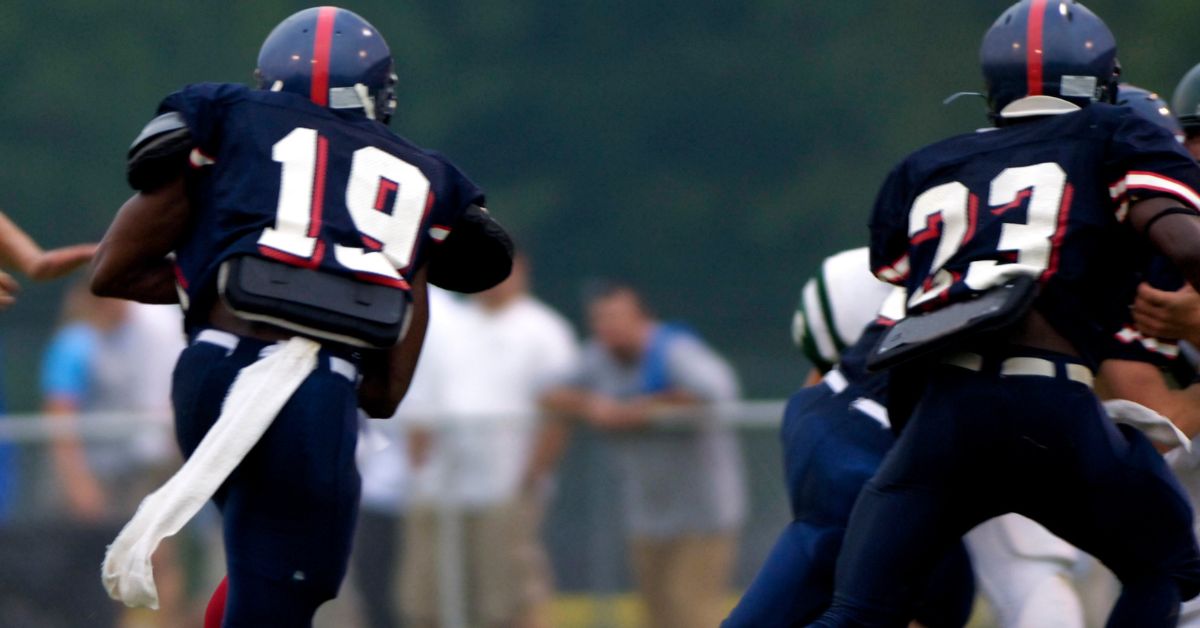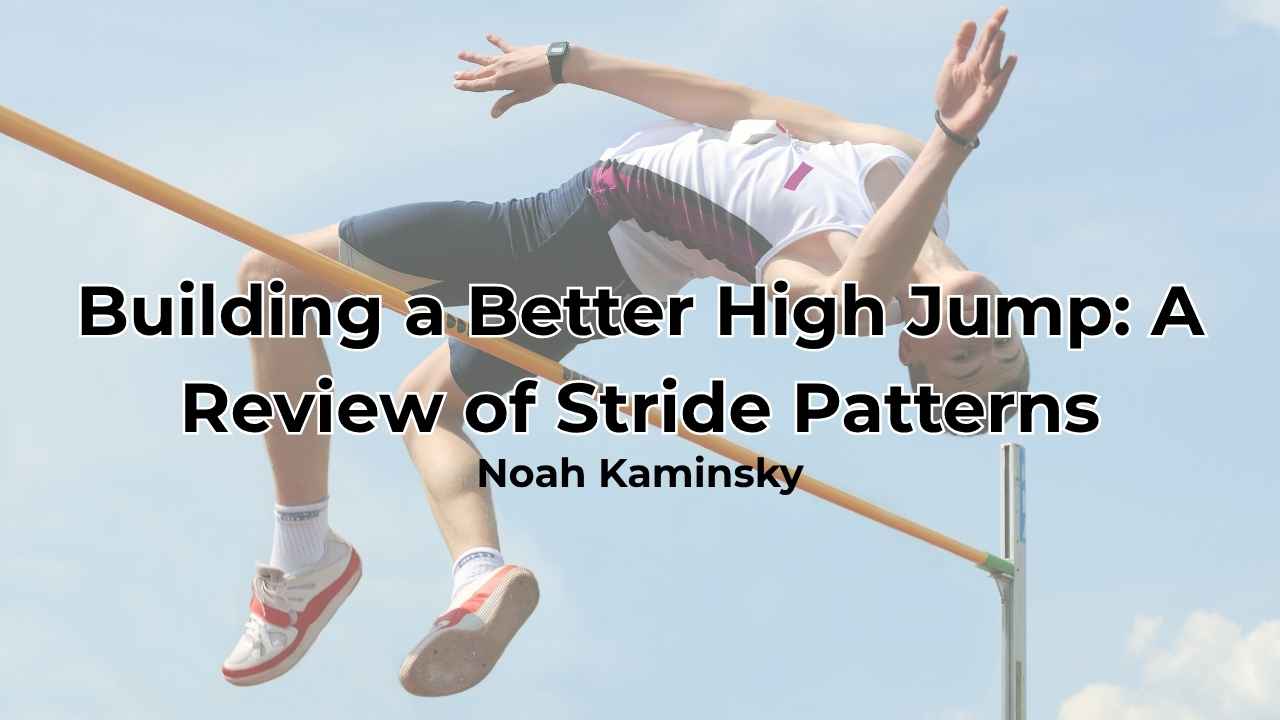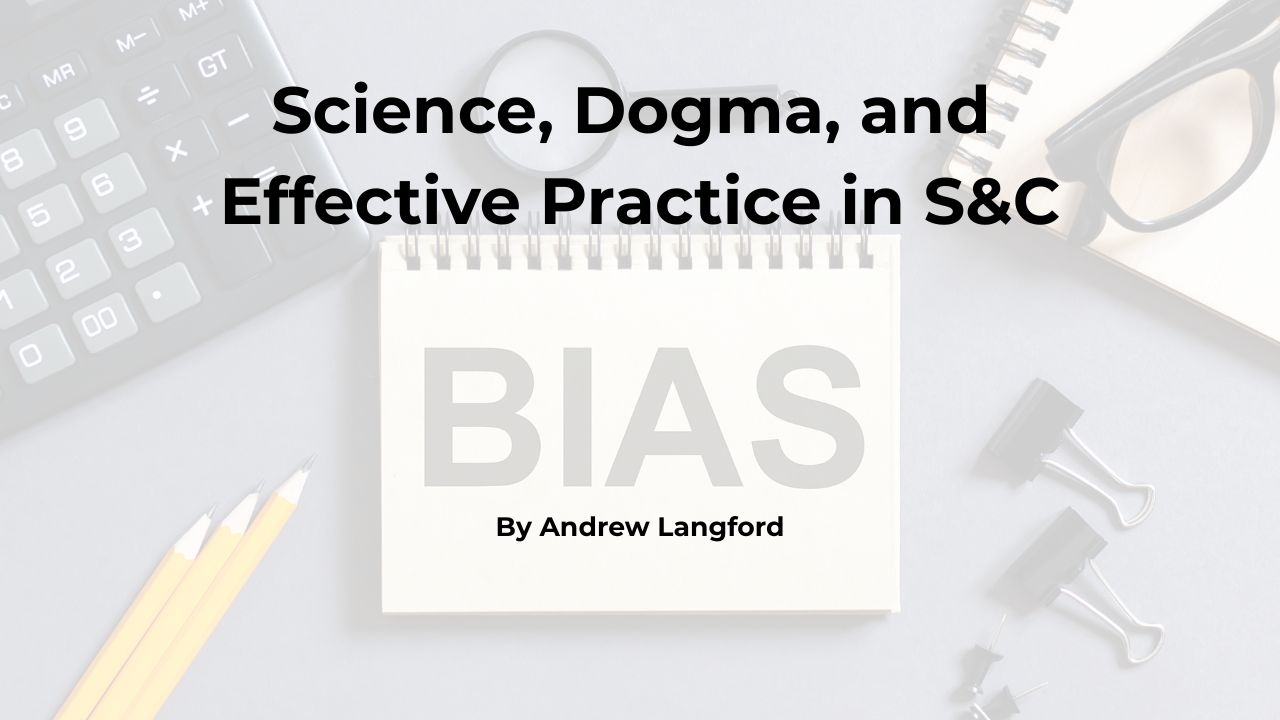Imagine a running back taking a handoff, bouncing around looking for a hole, and accelerating through the line. Picture a basketball player reading a play, jumping into a passing lane, and taking the ball on a fast break. Or a softball player coming into first base, realizing they have a chance for second, and turning on the speed as they go for a double. These are all common examples of displaying speed in team sport. Interestingly, they all also demonstrate some of the least commonly trained quality of speed developments: transitional and late acceleration.
However, when viewing the landscape of speed training in the team sport space, you can be inundated with the same training across the board. Within acceleration training, this means varied starts from differing positions, resisted sprints, marches, races, etc; then, within top-speed training, we see flying 10s, long buildups, wicket runs, and so on. This isn’t to say that these aren’t great tools—all of these can contribute to getting athletes faster. They should be a part of all programs. There is a common commitment towards speed development that has, rightly so, become a staple of performance training.
Outputs, however, are based on inputs.
Quality programming only comes from asking the right questions, and we only get high-level results by answering those questions effectively. This rings true when we dissect speed development in sport, says @coachmikesully1. Share on XAsking a simple question like “How do I train to get faster?” produces a simple answer. Sprint with different resistances, run at top speed, do varied starts, etc. The answer is in everything that we already see within the team sport training setting. But the input—how do I get faster?—isn’t nuanced enough to understand the requirements of most team sports—as illustrated by the examples in the introduction. For my own training? It works. It’s an appropriate option for someone who enjoys being fast and athletic without having to meet any of the demands or requirements of complex gameplay.
But to help prepare athletes for the tasks specific to their sports, to create this high-level output, we must upgrade our inputs. So, a better question is, “What are the components of speed development that are expressed within the sport that we are training for and how is that reflected in programming and execution?” This question forces a closer look at the speed demands of sport and, therefore, leads to higher-level outputs and higher-level training.
This may seem like an unnecessary nuance within our lens of speed training, but it’s important within the context of team sports, especially since transitional and late acceleration often get omitted within training programs for these sports. These are the threads that tie together team sport speed development, yet they are qualities we do not see in training. So, as we begin to ask better questions to better inform our programming, let’s dive into what they are and why they are important.
Identifying the Phases of Acceleration
First, let’s define the phases of acceleration (stolen from Stu McMillan). Early acceleration is the first phase of sprinting, when ground contact times are longer than flight times. Transitional acceleration is the second phase, when flight times become greater than ground contacts, but occur before the athlete has reached an upright posture. Late acceleration is the third phase and is defined by an increase in speed without a change in posture (i.e., athlete’s posture has risen through the first phases and now is upright by late accel and speed continues to increase).
Now, it isn’t easy to identify where the phases turn into each other. It is obvious where early acceleration starts: the athlete is not moving and then starts moving. However, the latter stages of acceleration are more difficult to pinpoint. As athletes rise to upright, where do they end their early acceleration phase, transition through phases, and end up at top speed? Every athlete is different. Different leg lengths, different stride frequencies, different rates of rising. So, having clear and determined phases of acceleration is, admittedly, difficult. Likely, this is why transitional speed development is underappreciated. We simply cannot find it, therefore cannot measure it, and therefore cannot show our head coaches that we are improving it—which negates most reasons to work on a quality, right?
Although not directly applicable to team sport, it is always interesting to understand how the data of track and field helps to paint a clear picture for these phases. According to research (Coh & Tomazin, 2006), elite male track athletes will get through early acceleration within the first ten steps and through about fifteen meters. That eighth, ninth, or tenth step is often where the flight time of a stride overtakes the ground contact time. We also know that these same athletes take anywhere between 50-80m to get to top speed (Stoyanov, 2014). So, this means that elite track athletes are spending a minimum of 35m (38 yards) within the transitional and late acceleration phases.
Although not directly applicable to team sport, it is always interesting to understand how the data of track and field helps to paint a clear picture for these (early, transitional, and late) phases, says @coachmikesully1. Share on XAgain, we cannot directly apply these findings to team sport athletes. They are worse sprinters. But it is good to be able to set the upper limit for what a team sport athlete is likely capable of. Within team sport, it is more reasonable to say that early acceleration happens within the first 10-15 yards, transitional and late acceleration within 15-30 yards, and top speed 30-35+ yards. According to Cam Josse and work that he has looked into, NFL players (regardless of position) reach 93-96% of their top speed by the 20-yard line and all participants in the NFL Combine were around their max velocity by the time they crossed the 40-yard line. Rarely in team sport do we have athletes who are faster than the fastest athletes at the NFL Combine, but this is a good standard for most team sports.
Why Transitional Acceleration Is Crucial in Team Sports and How to Train It
Now that we have begun to figure out what transitional acceleration is, understanding why it is important is paramount. Similar to the introduction of this article, how often—when watching team sports—do athletes go from Vo (complete standstill) to Vmax (top speed)?
More often, we see athletes exist within their sport at some Vsubmax speed and, during gameplay, a transition to Vstill submax but definitely faster. Early acceleration is often characterized by aggressive horizontal projection angles and long ground contact times, but in team sports we don’t see those very often. We see these bursts of speed from athletes who are already fairly upright into even faster speeds. These are not early acceleration shapes. They are not top-speed velocities. They’re transitional and late acceleration qualities. Certainly, when athletes are going from Vsubmax to faster speeds, there is a slight horizontal lean, the shin angles drop, and the athlete accelerates, but they don’t hit the angles of early accel. Therefore, it would make sense to train this quality and phase of speed development.
Referring to earlier in this article, I mentioned the common pieces of training that we see within team sport speed already. Within the acceleration component of speed, we see—almost exclusively—10- and 15-yard sprints. As we have already covered, these sprints fall within the early acceleration phase. We need to find more comfort in stretching out some of those accelerations to 20-25 yards. Allow the athletes we are training to feel what it is like to continue accelerating through longer distances as they rise to upright. Similarly, we need to build speed while starting in more upright positions than the angles of early acceleration are known for. Different types of “drop-in” starts or timed sprints are great here. Skip-to-sprint, walk-to-sprint, and jog-to-sprint are all ways to train accelerating from a more vertical angle:
Video 1. Skip to timed sprint—higher starting position than a normal timed acceleration.
Similarly, utilizing wicket runs with a short buildup can also be effective. Something like a 5-yard or 10-yard lead into a wicket run (in this case the wickets would need to get progressively farther apart since the athlete’s stride length would be increasing) would be a great drill. Wickets are a simple drill to force more vertical orientation and doing them with a short buildup ensures that the athlete continues to accelerate while vertical:
Video 2. Wicket run with 5-yard lead in. Wickets get progressively farther apart as speed increases.
Another method of training these qualities is something that Carter Rowland brought up on our podcast, Move the Needle, when he talked about utilizing the 1080 Sprint to go from lighter to heavier resistance throughout a sprint. Variable resistance is often used in the reverse manner—heavier resistance at the start of the sprint and allowing the resistance to drop off as the athlete picks up speed—but it is interesting to think about it in the opposite context.
Carter’s rationale within the episode was that oftentimes in football, athletes will go from a certain speed to a physical impact. Being able to accelerate through that impact—which inevitably causes some kind of deceleration—is a critical component of football and many other sports. Think of a soccer player battling through contact to dribble a ball or a basketball player driving through contact toward the rim. This is also a similar concept to what we have talked about in this article so far. As you sprint through the light resistance, you begin to rise out of the early acceleration stages and approach vertical, only to meet more resistance, needing to lower your angle back down slightly and actively accelerate through that newfound resistance:
Video 3. Variable resistance, starting at 2kg and increasing to 12kg as speed increases. Hard to see on video but the feeling of added resistance as speed increases results in another acceleration.
Certainly, there are more ways to train these phases. However, the first two examples of the drop-in starts and the short lead in wicket runs are easily added or managed within existing frameworks. The third (the example on the 1080) is unique and requires a high level of technology but certainly trains the same qualities we are chasing here.
Careful Addition Requires Thoughtful Subtraction
Adding something to a program, inevitably, means you have to remove something. As I said at the beginning of this article, so many of the things we already do within the speed space need to stay. The early acceleration and the maximum velocity work are essential for creating a well-rounded and resilient athlete. However, it would benefit us, as coaches, to be more diligent about understanding the speed demands of the sports we are training. Doing so would lead us to the same place: the need to add transitional and late acceleration work.
Good coaches are always trying to maximize their time with their programs. I have been able to incorporate these concepts into my speed training with the teams that I work with in a handful of simple ways, says @coachmikesully1. Share on XAs we begin to wrap-up, three important notes need to be made about this article.
-
- I wrote this in generalities. Do all athletes fall into these same yardages of acceleration and top-speed phases? Of course not. Male and female, individual anthropometrics, previous training, injury history, etc. all play a role in where specific athletes may fall. I do think the yard ranges that I set out cover many team sport athletes but, of course, context is always situationally dependent.
-
- I talked about how speed in the current realm of performance training includes mostly early acceleration and top speed. However, in practice, I believe that many coaches implementing what they believe or program as “top speed” are actually training transitional and late acceleration. I have seen many coaches implement “top speed” training by having their athletes run a “flying 10” with a 10-yard lead (20-yard total). As outlined earlier, this is not top-speed training. For some athletes, this may be getting close; but for most, it is not long enough. So, while more coaches than I may credit or train these phases, I don’t think many do intentionally, which is just as erroneous as not doing it at all.
- Finally, my thoughts are never my own. Instead, they are the thoughts of others boiled down and mixed into my own process. Thank you to Stu McMillan, Carter Rowland, Cam Josse, and many others for lending their thought process to my own. I would not have landed here without your help.
To close, I am not lobbying for this transitional and late acceleration training to become the majority of speed work; I am just saying that it needs to be included. It is difficult to effectively fit every quality of sport into a limited training block.
Good coaches are always trying to maximize their time with their programs. I have been able to incorporate these concepts into my speed training with the teams that I work with in a handful of simple ways. If we are doing max velocity work and it is a wicket day, our first two reps may be from a close distance (5 or 10 yards) before backing out for a longer lead in. If we are testing short acceleration times, we will finish with one or two reps of some transitional start into a timed sprint (skip-to-sprint, walk/jog-to-sprint). Even within our warmups, instead of finishing with a 10- or 15-yard acceleration, we’ll stretch those out to 20-25 yards. Small changes to programming can make a big difference in performance. Finding ways to implement a more complete speed training program for your team can make a huge difference on game day.
Since you’re here…
…we have a small favor to ask. More people are reading SimpliFaster than ever, and each week we bring you compelling content from coaches, sport scientists, and physiotherapists who are devoted to building better athletes. Please take a moment to share the articles on social media, engage the authors with questions and comments below, and link to articles when appropriate if you have a blog or participate on forums of related topics. — SF
References
Coh, M., & Tomazin, K. (2006). Kinematic analysis of the sprint start and acceleration from the blocks. New Studies in Athletics, 21(3), 23-33.
Stoyanov, H. (2014). Competition model characteristics of elite male sprinters. New Studies in Athletics, 29(4), 53-60.




